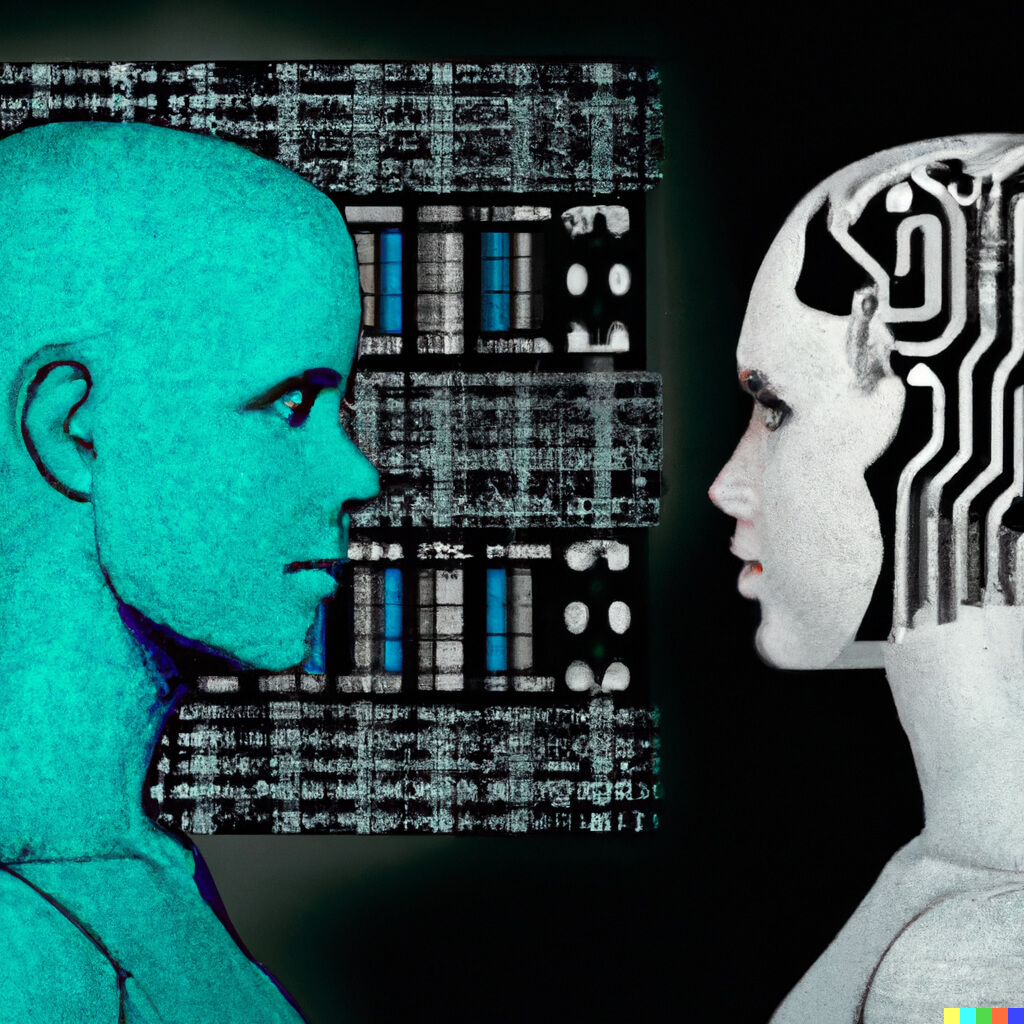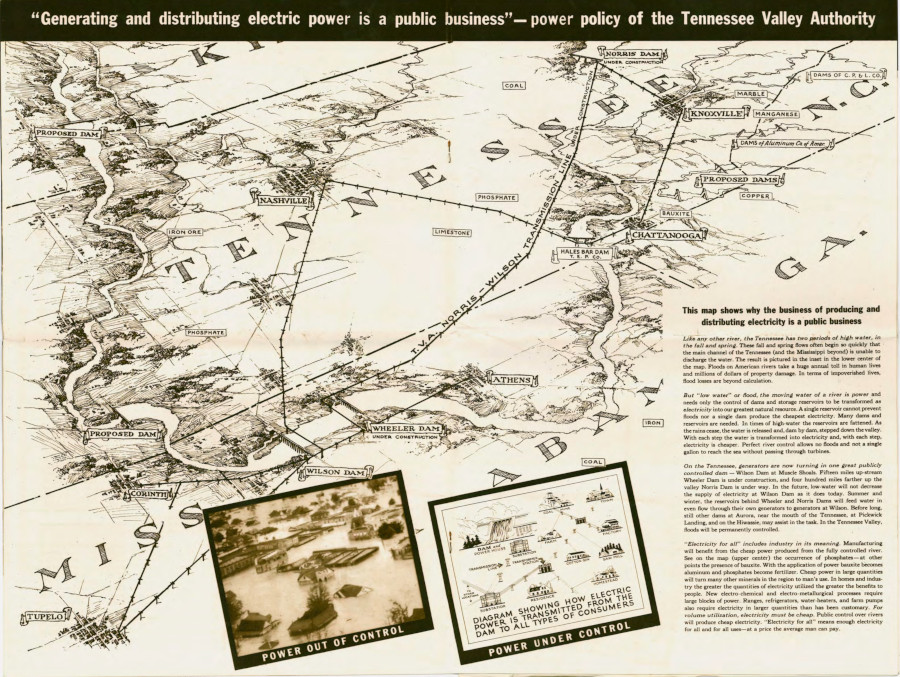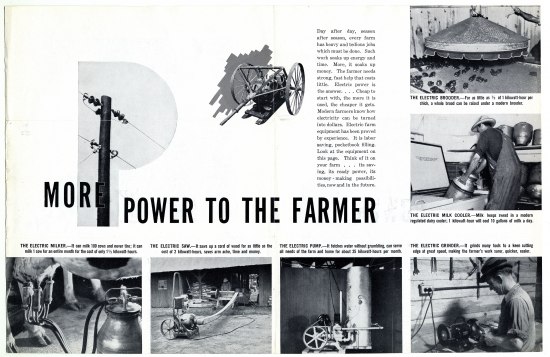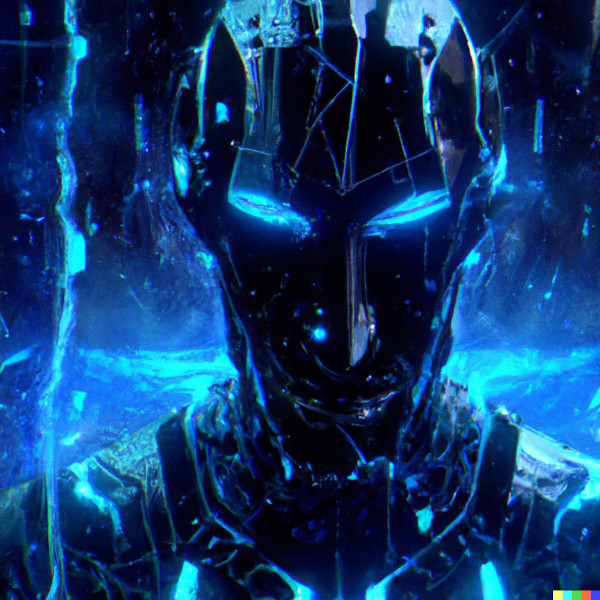
Launching “Founders Firing On All Cylinders”: Why I’m Starting a Podcast with Christian Hamilton for Tech Founders


Many believe that AGI (Artificial General Intelligence) will happen soon.
“Artificial General Intelligence (AGI) refers to a theoretical type of artificial intelligence that possesses human-like cognitive abilities, such as the ability to learn, reason, solve problems, and communicate in natural language.”(Forbes, March 28, 2023).

Current AI is in a very formative stage and there is a lively debate around whether or not AGI is achievable, at least with the resources and approaches available to us in the near term.
A lot of ‘experts’ believe there is a real danger that AI will surpass human thought in the near future.
Anyone who has followed Tesla knows that Elon Musk has made promises that full self driving by AI would be achieved years ago. (Even though Tesla’s can’t fully self drive, at least they can park themselves).
Having employed and worked with software engineers for almost two decades now, I can personally attest that there is a human tendency to significantly underestimate the amount of effort required to innovate.
In most cases what we consider to be innovative is actually small, evolutionary changes that have occurred over time. Those adjustments and tweaks to existing systems typically take place where a knowledge base already exists.
Very little human activity is truly innovative. We work on incremental updates day after day and then look back at how far we’ve come several years later and call it innovation. Assumptions about future progress are based on these expectations of continual progress which causes us to short change the number of unknowns.
We are deceived by what appears to be exponential progress. Progress speeds up when we produce a working component that can be refined and replicated: a breakthrough.
Breakthroughs are hard-earned. Most innovations require multiple, successive breakthroughs which causes fits and spurts in progress towards true innovation. In reality, these discoveries help us gain traction towards accomplishing goals we set out to achieve and develop.
However, in many cases it isn’t until we get close to our goal that we realize we will not get there with our current approach.
The last obstacles that help us cross the finish line to innovation are frequently the hardest to solve and may even require us to scrap the initial approach to the problem in the first place.
Let’s see these steps in the perspective of a real life example.
An era featuring Thomas Edison and Nikola Tesla which gave birth to the War of Currents and a powerful SURGE of innovation.
Our goal: to bring electricity to everyone in America.
Evolution Phase
1882:
Edison opened his first power plant distributing direct current (DC) electricity in New York City. (History.com)
1884:
Tesla began working at Edison Electric - where he was developing alternating current (AC), but quit working at Edison Electric shortly after.
Breakthrough Phase
1887:
Tesla filed 7 U.S. patents in regards to his AC innovations. (PBS)
“With the breakthrough provided by Tesla’s patents, a full-scale industrial war erupted. At stake, in effect, was the future of industrial development in the United States, and whether Westinghouse’s alternating current or Edison’s direct current would be the chosen technology.” (PBS)
Despite constant innovation as evidenced by numerous patents granted to Edison’s various companies over the years, it wasn’t until a new approach, Tesla’s alternating current, that scalability became possible.
1893-1896:
Niagara Falls Power Company utilized Tesla invention of AC through Westinghouse Electric Company to generate electricity from Niagara Falls. (Energy.gov) By 1896 The Niagara Falls hydroelectric power plant started delivering electricity via alternating current all the way to Buffalo, New York (26 miles away). (History.com)
In a time period of just 16 years we went from one major innovation (the lightbulb), to a breakthrough of creating a scalable solution that would help electrify a city from a distance.
While this seems like a complete innovation cycle, by 1896 we are still not to achieving our goal of providing electricity to all cities in America.
This is precisely because years of incremental progress has deceptively led us to believe we are much closer to crossing the finish line. In reality, by 1896, only a few cities have received electricity with these innovations, but we are seeing immense progress.
The Last Mile
The “Last Mile” of this innovation initiative is getting electricity to the rural parts of America.
Fast forward through several decades where America was dedicated to making reliable, affordable electricity available to everyone. The electric grid system was a great way to solve the problem for the vast majority of people, Urban and Suburban areas as a whole had electricity by the mid 20’s.
1932:
“…only about 10% of rural America was electrified, and about half of those people had to buy their own country-home power plants.” (Smithsonian Institution) The home stretch was extending the access to electricity in the far reaching rural areas.
Providing electricity to rural locations proved to be an insurmountable challenge given the technological advances from this period of incremental innovation. Our goal of distributing electricity was just that, a process of distributing the technology that was already created instead of coming up with a new (and potentially more efficient) solution.
For decades, rural areas suffered because of the lack of technological progress for our electrification efforts, without rethinking the current solution of the electric grid, electricity to rural areas would only be possible at a substantial cost.
The cost impact of expanding electricity to rural areas sparked several campaigns led by the government after the Rural Electrification Administration (REA) established in 1932 by Franklin D Roosevelt.


1944:
Roosevelt said, “From the point of view of raising the living standards of rural America and providing a more efficient form of farm management, one of the most important projects interrupted by the war is the extension of rural electrification.” (Smithsonian Institution).

Despite the cost, America was determined to cross the finish line, and our grid expansion solution took an impressive effort by our government to implement.
The final mile that led America to achieving our goal of accessible electricity was a rocky one, and one that we are constantly having to maintain and amend. Our actions as a country were so desperate to follow through that we didn’t stop to consider other, possibly more efficient, solutions along the way.
As a result, virtually all homes in America had electricity by 1960.
There was no way for Edison and Tesla to forecast that it would take decades of development to push through the last mile to the finish line of innovation in this particular circumstance. The same could be said for any other innovation - with our current fixation being AI.
A New Approach to the Last Mile
Conversely, rural communities in Africa and other under-developed countries were able to benefit from America’s incremental innovation and utilize simplified aspects of our growing solution to address their electricity needs.
A combination of local power generation, through wind power and solar power, microgrids, and battery storage allow rural areas to plugin and power on without the costly and complex infrastructure that America worked for nearly a century to build.
The effort required to innovate and accomplish a goal are two separate processes. One is a solution and an accomplishment that can be met. The other is an endless loop of breakthroughs and considerations that lead to bursts of progress and even more possibilities. With this in mind, is AI really a huge innovation ready to solve all of the world’s problems? Or is it simply an incremental burst of progress full of possibilities for us to explore?
Nassim Nicolas Taleb, in his pivotal works on risk and unpredictability, describes two types of uncertainties: Epistemic and Aleatory. Epistemic uncertainties, or ‘known unknowns,’ are those within a system that is understood (or, thought to be). Aleatory uncertainties are those that are only understood to exist after the fact.
When working towards an outcome, we tend to focus on the Epistemic (potential known conclusions), probably in part because it is what we know. However, historically, innovation takes place on the Aleatory road (unexpected unknown conclusions) where surprises (Black Swans) abound and change everything. We underestimate gravely the value and frequency of Aleatory risks to our success. It takes a lot of humility to recognize you are not on the right path or even that you have no path to resolve a big problem.
When you consider that OpenAI has ingested the entirety of the internet to produce a mediocre system that, while useful in targeted implementations, is far from generalized intelligence. I don’t know how many more orders of magnitude of information will be required to train a model to achieve AGI. I doubt we have enough data to do that or that we will have enough in the foreseeable future.
In the meantime, we should enjoy some of the pretty great uses for AI in it’s current developmental phase. Explore some of the widely used integral functions of AI that we explain in our blog: The Growing Role of AI in Our Lives: The Top 5 Ways AI Is Used Today.

The current models of OpenAI products like ChatGPT and others are absolutely nowhere near the finish line when it comes to applying a generalized knowledge that will be useful en masse.
I doubt our current crop of AI experts (there aren’t really any- but that is another topic) or researchers will come up with the innovation(s) that will open the door to AGI by solving the last mile problems.
However, it is entirely possible that someone working in a completely different field will make the connection that goes around the walls rather than breaking through them. Bottom line, when artificial general intelligence DOES happen, it may come out of nowhere. In which case, we won’t be ready for it.
If that scares you, you should consider reading our blog on The Rational & Irrational Fears of Artificial Intelligence.
These links open AI platforms with pre-written prompts about this page.
Orange Lightest Background
Orange Light Background
Orange Medium Background
Orange Dark Background
Orange Darkest Background
Purple Lightest Background
Purple Light Background
Purple Medium Background
Purple Dark Background
Purple Darkest Background
We use cookies to improve your experience. Do you accept?
To find out more about the types of cookies, as well as who sends them on our website, please visit our cookie policy and privacy policy.